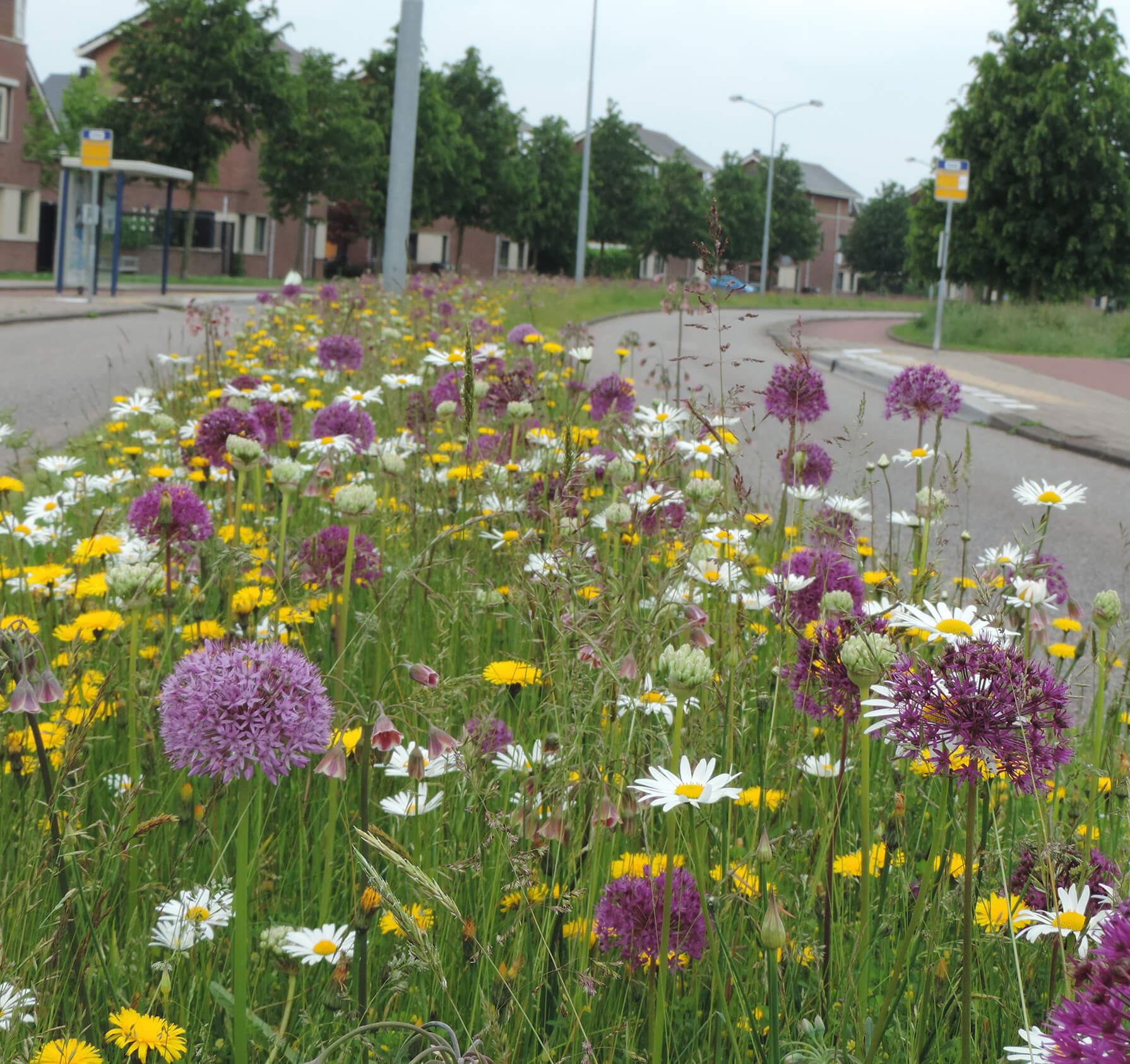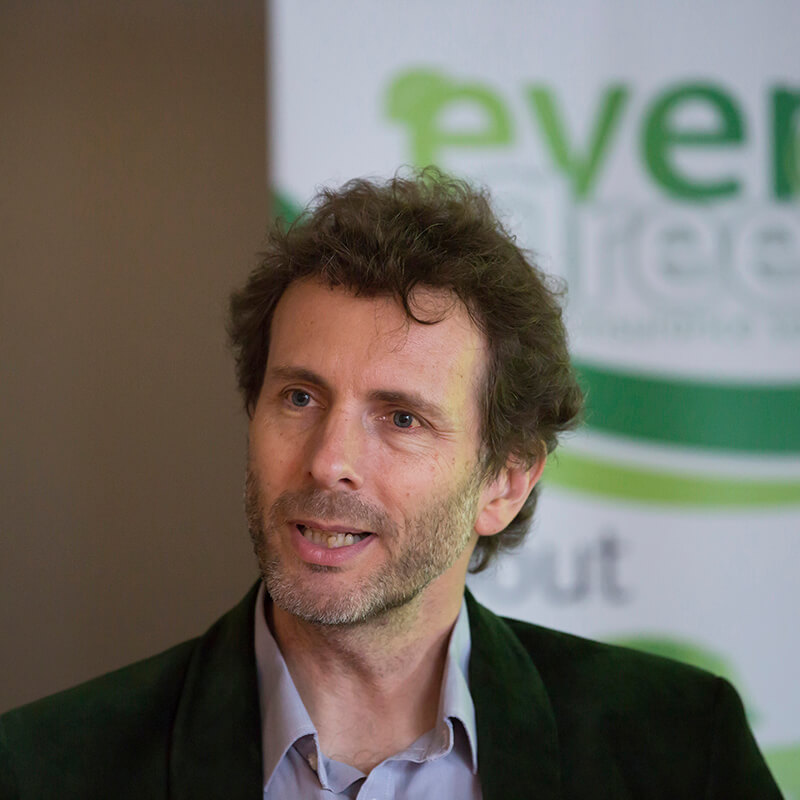How can we provide for pollinators with extreme weather threatening their habitats?
 Kim Taylor (3).JPG)
Imagine trying to travel around Britain without our road and rail network. Or imagine if nine out of every ten miles of road just didn’t exist – life would be impossible!
Well for much of our wildlife this is the reality - it is confined to tiny fragments of habitat and unable to move across the countryside as our climate and landscape rapidly changes. It has been predicted that 40-70% of species could go extinct if action is not taken to enable species to move through the landscape.
Why do we need action?
Our bees, butterflies and hoverflies have suffered badly over the last fifty or so years, due to changes in land use as a result of modern farming methods, urban spread and new transport links. Since the Second World War 97%, over 3 million hectares (1.5 times the size of Wales) of wildflower-rich grasslands on which pollinators are dependent have been lost reducing pollen and nectar sources and leading to a serious decline in the wildlife depending on wildflower-rich habitat.
 Claire Pumfrey (1).jpg)

The UK’s insect pollinators are in a critical state. Populations of half of our bumblebee and solitary bee species, two thirds of our moths and 71% of our butterflies are declining. These insects are vitally important as they pollinate one in three mouthfuls that we eat and eight out of ten wildflowers.
Pollinator conservation is a priority for the UK as highlighted in the government’s National Pollinator Strategy 2014. Pollination is worth over £0.5 billion per annum to the UK farming sector and replacing it with hand pollination would add over £2 billion a year to our food bills, targeted on fruit, peas, beans, soft fruits, cucurbits and similar.
What are B-Lines?
B-Lines are an imaginative and beautiful solution to the problem of the loss of flowers and pollinators. The B-Lines are a series of ‘insect superhighways’ running through our countryside and towns, along which we are restoring and creating a series of wildflower-rich habitat stepping-stones. They link existing wildlife areas together, creating a network, like a railway, that will weave across the British landscape. This will provide large areas of brand-new habitat benefiting bees and butterflies– but also a host of other wildlife.

B-Lines has the vision to help our native insect pollinators
The National Pollinator Strategy for England sets out a 10-year plan to help pollinating insects survive and thrive across England. The Action Plan for Pollinators in Wales and Scottish Pollinators Strategy set out similar plans for Wales and Scotland. These strategies outline actions to support and protect the many pollinating insects which contribute to our food production and the diversity of our environment.
Our B-Lines are already showing the way! We are demonstrating how a joined-up approach can help conserve our native insect pollinators. We are creating a network of flower-rich pathways - The B-Lines across our countryside, towns and cities - linking together the best of our existing wildlife areas to benefit pollinators, other wildlife and people. And we need everyone on the B-Lines to help!
The Benefits of B-Lines
B-Lines bring a range of benefits to wildlife, people and agriculture, including:
- Helping conserve our native pollinators and a range of other wildlife and contributing towards Biodiversity targets
- Helping our wildlife respond to climate change by making it easier for them to move around
- Increasing the number of insect pollinators and the benefits these bring to our farming sector (pollination being an important ‘ecosystem service’)
- Bringing nature to people
- Giving opportunities for everyone to play their part and help create the B-Lines network
Making B-Lines
B-Lines aim is to create and restore at least 150,000 hectares of flower-rich habitat across the UK.
Making this happen will take time and will need farmers, landowners, wildlife organisations, businesses, local authorities and the general public to work together to create flower-rich grassland in the best locations.
B-Lines have been mapped across the whole UK. You can see where the B-Lines are developing on our interactive map https://www.buglife.org.uk/our-work/b-lines/ and you are welcome to add your information when you create pollinator friendly habitat so we can track the B-lines growing.
 Naturescot (1).jpg)
Everyone who lives, works, owns land or goes to school on a B-Line can help, even if only in a small way. Look at the project pages and partnership pages, to see some of the activity going on look at our map to see where we need to be doing more.
Buglife are proud to be working in partnership with GreenTheUK to help deliver on this pollinator habitat please get in touch and play your part in supporting this vital work.

